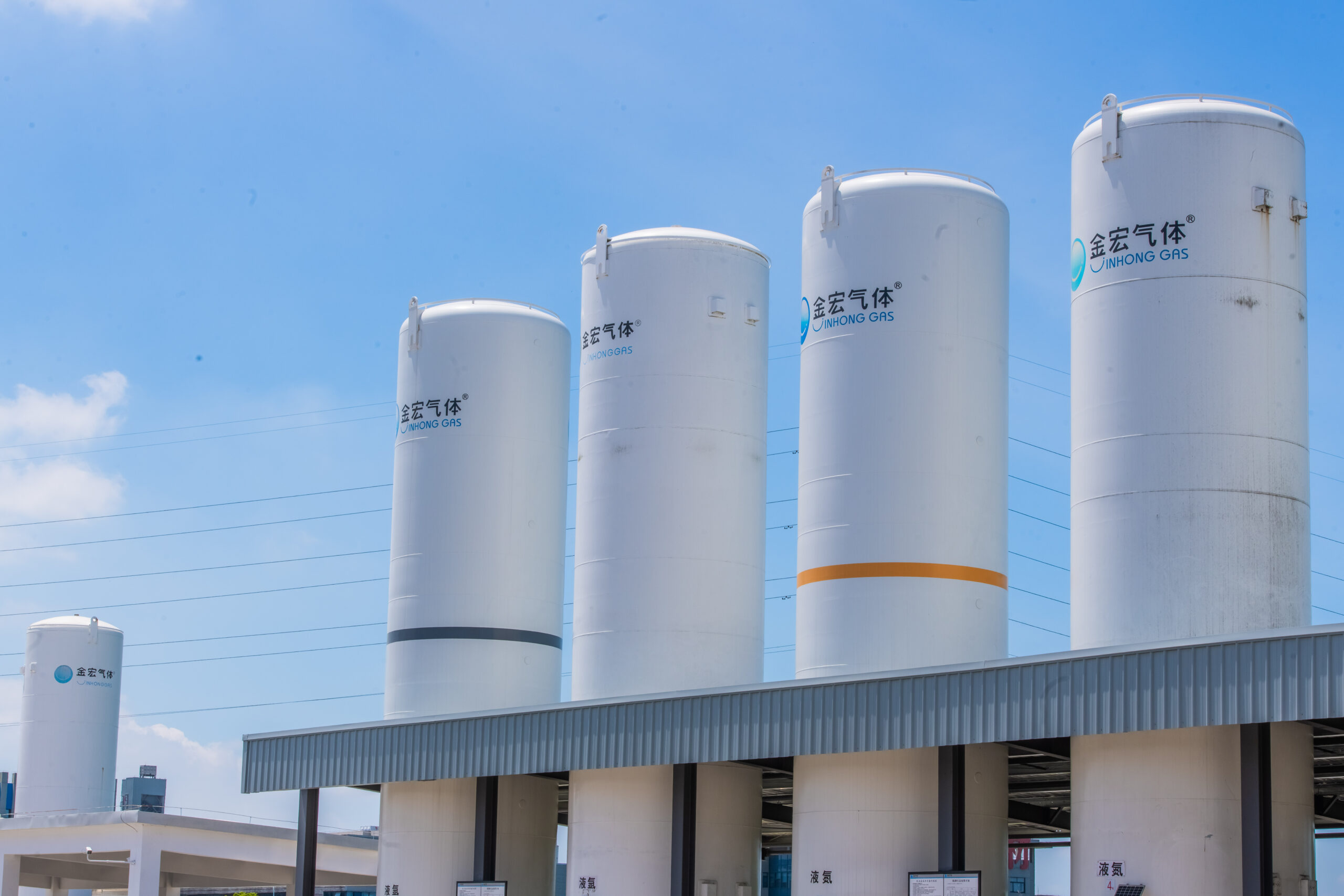Ethanol oxide, commonly referred to as ethylene oxide, is a versatile chemical compound with significant applications in various industries. This article provides a detailed overview of ethanol oxide production, its applications, and the safety considerations involved. By focusing on the keyword “ethanol oxide,” we aim to optimize search engine visibility while offering valuable insights.

What Is Ethanol Oxide?
Ethanol oxide is a colorless, flammable gas with a slightly sweet odor. It is highly reactive and primarily used as an intermediate in the production of other chemicals, such as ethylene glycol, detergents, and surfactants. Its properties make it indispensable in industrial processes and medical applications.
How Is Ethanol Oxide Produced?
1. Feedstock Preparation
The production of ethanol oxide begins with ethylene and oxygen as the primary raw materials. These substances are purified to eliminate impurities, ensuring an efficient and controlled reaction.
2. Oxidation Reaction
Ethylene and oxygen are subjected to a catalytic oxidation process in a specialized reactor. This reaction occurs under controlled temperature and pressure to produce ethanol oxide. The process is optimized to maximize yield while minimizing byproducts.
3. Product Recovery and Purification
After the reaction, the ethanol oxide is separated from the unreacted feedstocks and byproducts through distillation. Advanced purification techniques are employed to achieve the required purity levels for various applications.
4. Quality Assurance
The final product undergoes rigorous quality control testing. Analytical methods such as gas chromatography ensure that ethanol oxide meets industrial and regulatory standards.
Applications of Ethanol Oxide
it plays a critical role in several industries, including:
- Chemical Manufacturing: Used as a precursor for producing ethylene glycol, which is essential for antifreeze and polyester production.
- Medical Sterilization: Utilized to sterilize medical equipment and surgical instruments due to its effectiveness in eliminating microorganisms.
- Cleaning Agents: A key ingredient in the production of detergents and surfactants, enhancing cleaning power.
- Pharmaceuticals: Employed in the synthesis of various drugs and pharmaceutical intermediates.
Transportation and Safety Considerations
1. Packaging and Storage
Due to its flammable and reactive nature, it requires specialized storage solutions, such as pressurized tanks. These containers are designed to withstand high pressures and prevent leaks.
2. Regulatory Compliance
The transportation of ethanol oxide is governed by stringent regulations to ensure safety. Companies must adhere to international standards, including those set by the UN and other regulatory bodies.
3. Emergency Preparedness
Comprehensive emergency response plans are essential for handling potential incidents during the transportation and storage of ethanol oxide. Training and proper equipment are critical components of these plans.
Environmental and Health Considerations
it is classified as a hazardous substance due to its flammability and toxicity. Manufacturers implement robust safety measures and environmental controls to mitigate risks. Additionally, advancements in production technologies aim to reduce emissions and improve sustainability.
Conclusion
Ethanol oxide is a vital compound with extensive industrial and medical applications. Its production and handling require advanced technologies and strict adherence to safety standards. By understanding the processes and precautions associated with it, industries can utilize this compound efficiently and responsibly. For more insights into ethanol oxide and its applications, explore our blog and share this article to spread awareness.



